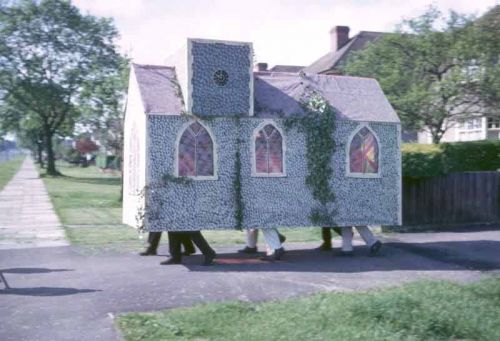As a missionary, what are we doing in making a missionary presentation? Perhaps to answer the question, we need to look at this from the opposite angle, why should people listen to missionary presentations? I came across an interesting post here Why hear a Missionary Presentation? which got me thinking.
I think one of the most biblical reasons I have come across is from
Acts 14:27 And when they were come, and had gathered the church together, they rehearsed all that God had done with them, and how he had opened the door of faith unto the Gentiles.
The presenting of what a missionary does on the mission field is very important. But beyond just important to the missionary because he needs more prayer and money, or important to the church because they don’t know where their money is going and want information, it is important because God says it is important. Without a clear deep rooted belief that this is necessary AND BIBLICALLY COMMANDED, a missionary will not fulfill God’s purposes and objectives in giving their missionary report.
1. Engage in world missions.
Jesus told His disciples to “Lift up your eyes, and look on the fields” (John 4:35b), and hearing a missionary presentation is one good way to obey that command. (Barbara’s observation)
I think that this is very true. This passage reveals the biblical command for us to “disengage” with our local ministry for a spell, and engage with world missions. This is what the Great Commission is all about, “Go out and teach ALL NATIONS” Mat. 28:19. We cannot get away from this command, and somehow, through the proxy system know as missions, we are to fulfill this part of God’s command as equally as we do locally in our home church where we live.
Prayer
This “engaging” is much more than sending a check or praying a prayer. It is getting involved with the work of missions outside of the United States (or wherever your home country is). This means first of all praying for the work there. Without information on what is being done, how it is going (frustrations, set-backs, and victories) as well as plans, you cannot pray intelligently. The most important part of praying is being accurately and timely informed of prayer needs and answers.
